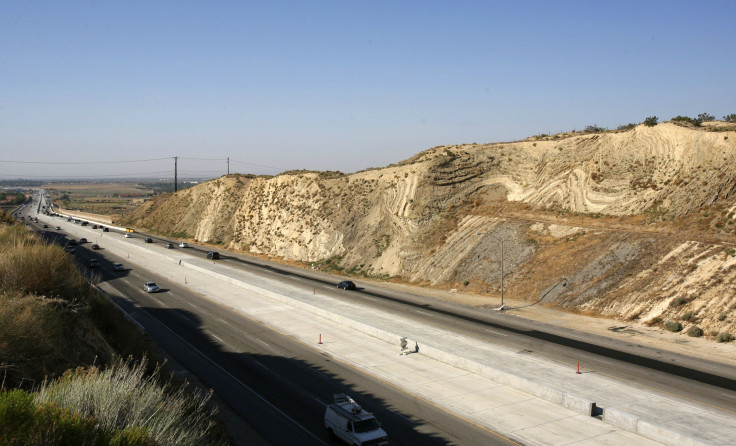Gravitational pull may cause earthquakes on San Andreas Fault; New study may allow seismologists predict earthquakes

Scientists have revealed that the gravitational pull between the moon and the sun does not only cause high and low tides on Earth. The tug can also cause a special type of earthquake on the San Andreas Fault. Scientists have come to this conclusion after analysing 81,000 low-frequency earthquakes along the San Andreas Fault.
The team of researchers led by Nicholas J. van der Elst from the US Geological Survey said that small and deep earthquakes within the fault are more likely to occur when the tide is waxing. California’s San Andreas Fault extends for 1,300 kilometres.
Scientists have been fascinated by this phenomenon for years where the surface of the Earth, just like sea levels, goes up and down with the tides. This flexes the crust and stresses the faults inside.
“It's kind of crazy, right? That the moon, when it's pulling in the same direction that the fault is slipping, causes the fault to slip more – and faster. What it shows is that the fault is super weak – much weaker than we would expect – given that there's 20 miles of rock sitting on top of it,” Nicholas told Los Angeles Times.
Researchers in the study, published in Proceedings of the National Academy of Sciences, compared the data from the analysis of the 81,000 low-frequency earthquakes from 2008 to 2015 to the two-week tidal cycle known as the “fortnightly tide.” They discovered that the fortnightly tide cycle triggers earthquakes along the San Andreas Fault only under certain conditions.
This has led the researchers to theorise that low frequency earthquakes occur when the stress inflicted by solid Earth-tide surpasses the fault strength at a given point. This results in a fault slip. Gravitational pull of the moon and the sun lowers and lifts the Earth’s crust slightly, compressing and stretching crustal rocks. This may be enough to cause an earthquake.
The study strengthens suspected links between tidal forces and earthquakes. They also provide a new way of studying plate tectonics. Seismologists may also be able to predict when tremors or earthquakes may happen, writes Gizmodo Australia.





















